Teaching My Passengers the Walk-Around Inspection
We’re taking off for the wild blue yonder next week, using the Saratoga to transport family between North Weald and Strasbourg. Unfortunately, I’ve not kept up with my flying over the winter and so I’ve fallen out of date. To take passengers, I should have made three take-offs and landings in the past 90 days to ensure that I am current and not taking risks with innocent bystanders. After this trip, I’ll be heading to England to do some circuits and get back into practice but in the meantime, it will be Cliff in the left-hand seat.
We have a pretty clear division of duties. As Cliff is flying IFR, he’ll be sorting his own navigation which leaves me in charge of maps, pre-flight inspections and passengers. The fact that only one of us can fly in instrument conditions means that if the weather is bad, I am the one who crawls around the muddy grass to drain the sumps. Perhaps I should re-think this concept of being a fair-weather pilot after all.
Often passengers will come out to the plane with me as I do the walk-around inspection and, although I try to give a brief explanation of what I’m doing, I can tell the concept makes many of them somewhat uncomfortable.
“Are you checking to make sure the wings won’t fall off?”
Once, I was on the ground, checking out the undercarriage when I heard one passenger say to another, “I asked her about that, she said she was looking for bird’s nests. I thought she was joking but you know, a bird really could build a nest down there, couldn’t it!”
I’ve been in the process of creating backseat documentation for passengers and, as a part of that, I thought I might offer a companion piece to my standard checklist. This cannot be used to check the plane but it gives useful information if you are following someone who is doing a formal walk-around of the plane.
In addition, it strikes me as useful to have a photographic record of what the plane should look like in normal conditions and an extra set of eyes comparing those photographs to the actual condition of the plane.


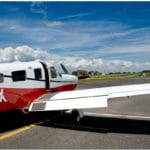
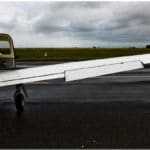
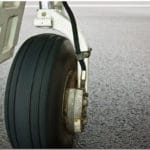
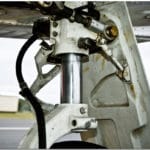
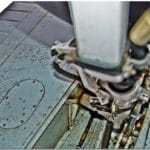

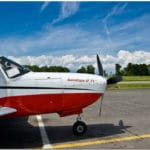
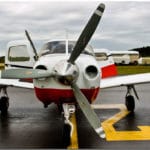
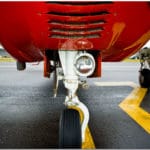

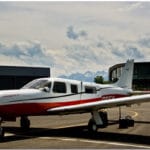
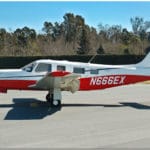

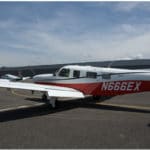
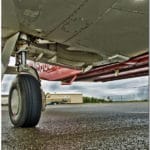
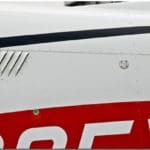
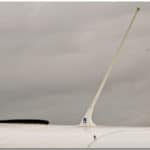
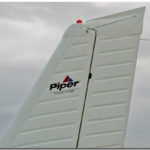
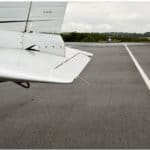
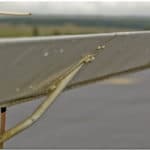
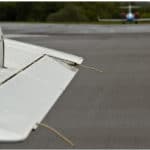
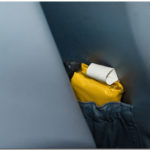
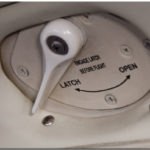







I always offer my passengers the opportunity of doing the pre-flight with me and I’ve been surprised how many did not want to know, like you say it makes people nervous. I like the idea of the backseat documentation and pictures.
Paul´s last blog post..NAF El Centro Air Show Videos Part 1